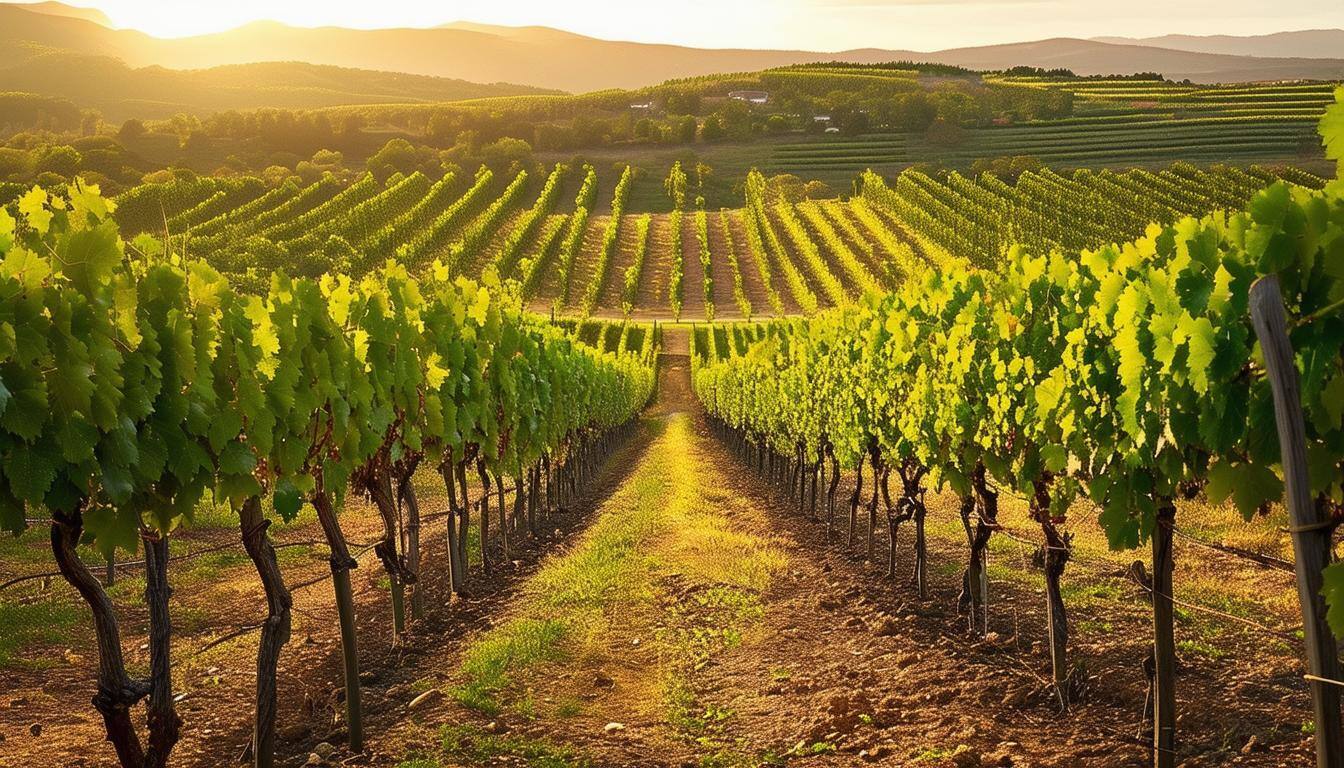
Agricultural machinery 4.0: the IoT takes the field

In recent years, agricultural companies are facing a decisive step towards what we now know as agriculture 4.0.
Compared to other sectors, agriculture has been affected very little by digitalization and today, it is necessary to move towards this new front, as it is essential to have a field that is productive and that can obtain the highest yield.
As detailed in the previous article, this new way of doing agriculture focuses on the theme of data collection through IoT technology. This operation makes it possible to define the various operations based on set objectives.
Taking advantage of IoT technology, there are different solutions that operate in different areas of the agricultural sector, such as irrigation, supply chain traceability and livestock conditions.
In this article, we focus on the potential of agricultural machinery 4.0, indispensable tools that must be functional and efficient. IoT technology, inserted in an agricultural context, allows you to benefit from the information that machines can transmit to entrepreneurs in the sector. For this to work properly, all sensors and devices need to be integrated into a scalable network.
First of all, IoT solutions designed for agricultural machinery are divided into solutions:
- for machinery such as tractors, combine harvesters etc.
- for objects pulled by machinery
- for communication between the machine and associated sensors
GPS is a solution associated to the agricultural machinery for more accurate vision. Specific sensors are connected to the machines transforming them into intelligent, autonomous devices that are able to operate without the guidance of an operator. This allows farmers to use multiple equipment in the field at the same time, without human intervention, optimizing resources and reducing time.
The localization systems can also be installed on the individual implements associated with the machine, for example on the plows associated with the tractor. Then, through associated devices, the individual tools will be able to detect various information; in case of plows, for example, they are able to pick up the vibrations of the ground so that the farmer knows if that tool is on the road or if it is working.
Furthermore, autonomous machines are more efficient and precise than those powered by humans. They are able to reduce fuel consumption and have higher efficiencies. There is also real-time analysis of energy consumption that allows you to have a detailed view on consumption.The use of these technologies allows for greater integration between the different systems. The data collected by the autonomous tractors are transferred without interruption to the computer that controls the associated devices and sensors in order to organize the activities and operations to be carried out.
Asset monitoring is another system that can be applied to machinery and tools. Thanks to this it is possible to monitor the correct use by analyzing the signals. It also allows you to set up event analysis rules, sending specific notifications if certain episodes occur during work.
The monitoring of maintenance interventions allows the supervision of all the phases of extraordinary and preventive maintenance, in order to keep the state of the machinery and associated tools under control.
What future lies ahead for 4.0 machinery in smart agriculture?
By 2050, the world population, according to FAO estimates, will reach 9.1 billion, against the current 6.8 billion. There will be a third more people on Earth to feed, which places enormous pressure on the environment. To avoid greater exploitation of water, fertilizer and avoid compromising the physical and chemical qualities of the land, agriculture 4.0 comes into play.
For further growth and development in agriculture 4.0, we need a greater presence of IoT devices, Advanced Analytics technologies that can collect and analyze Big Data, better access to internet (a problem still exists in some areas of our country but above all if you think all over the world) and cloud-based systems for sharing information.

